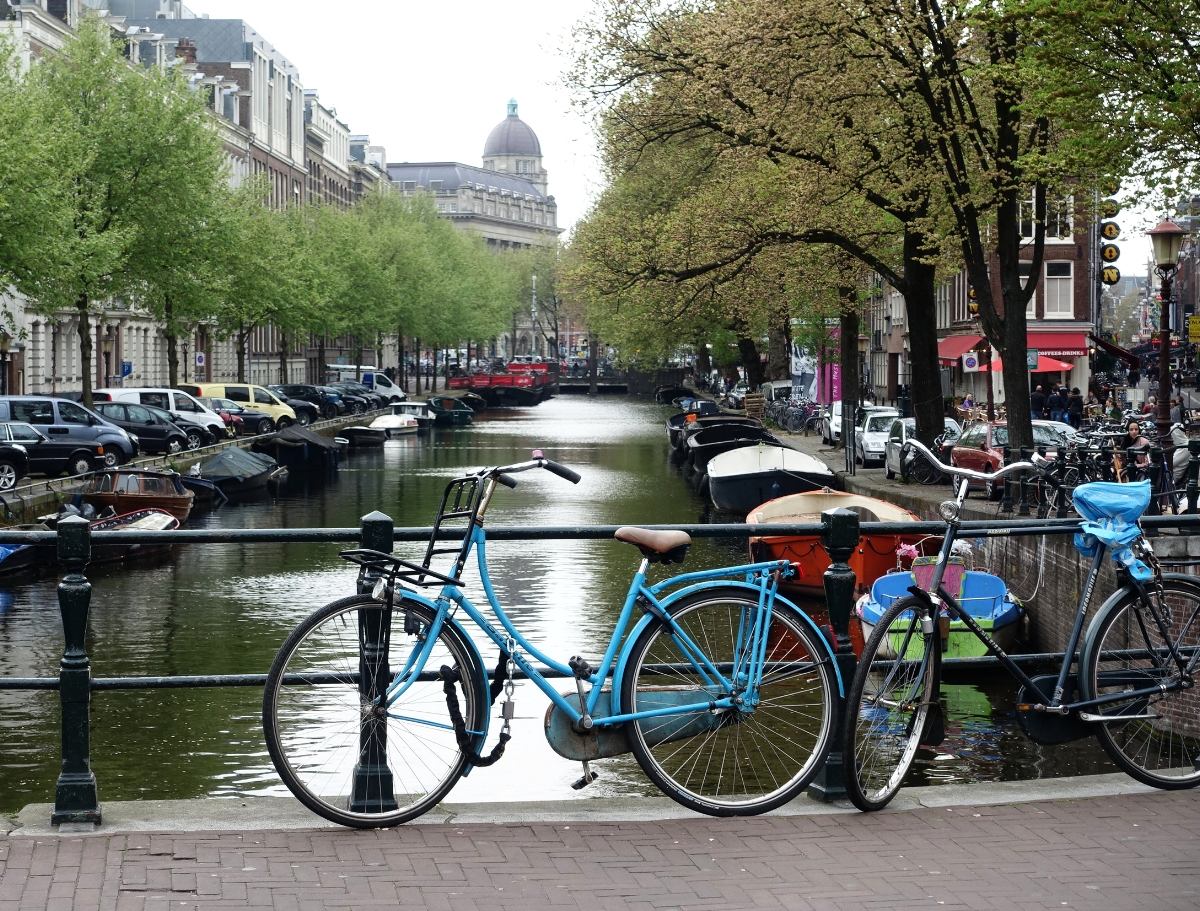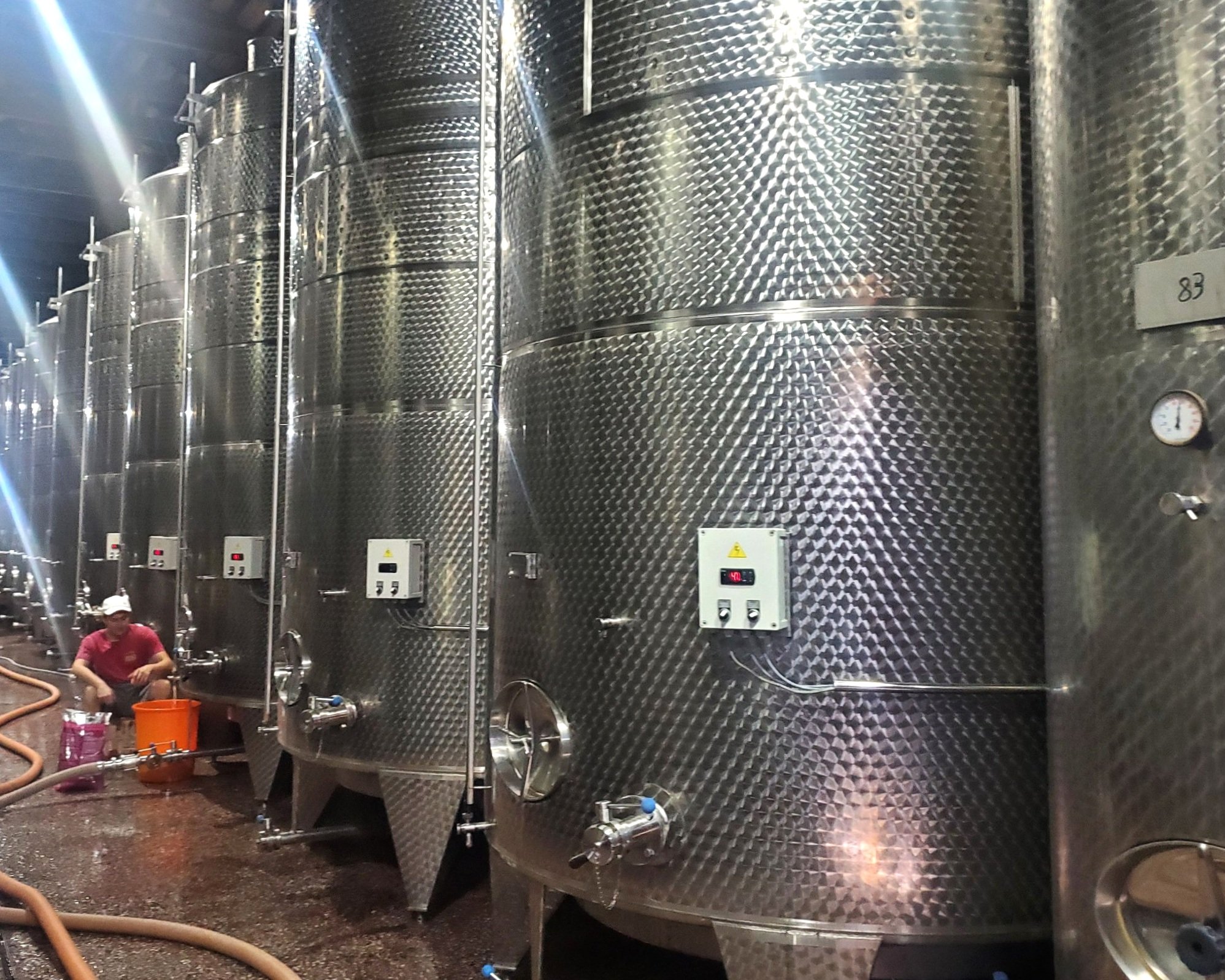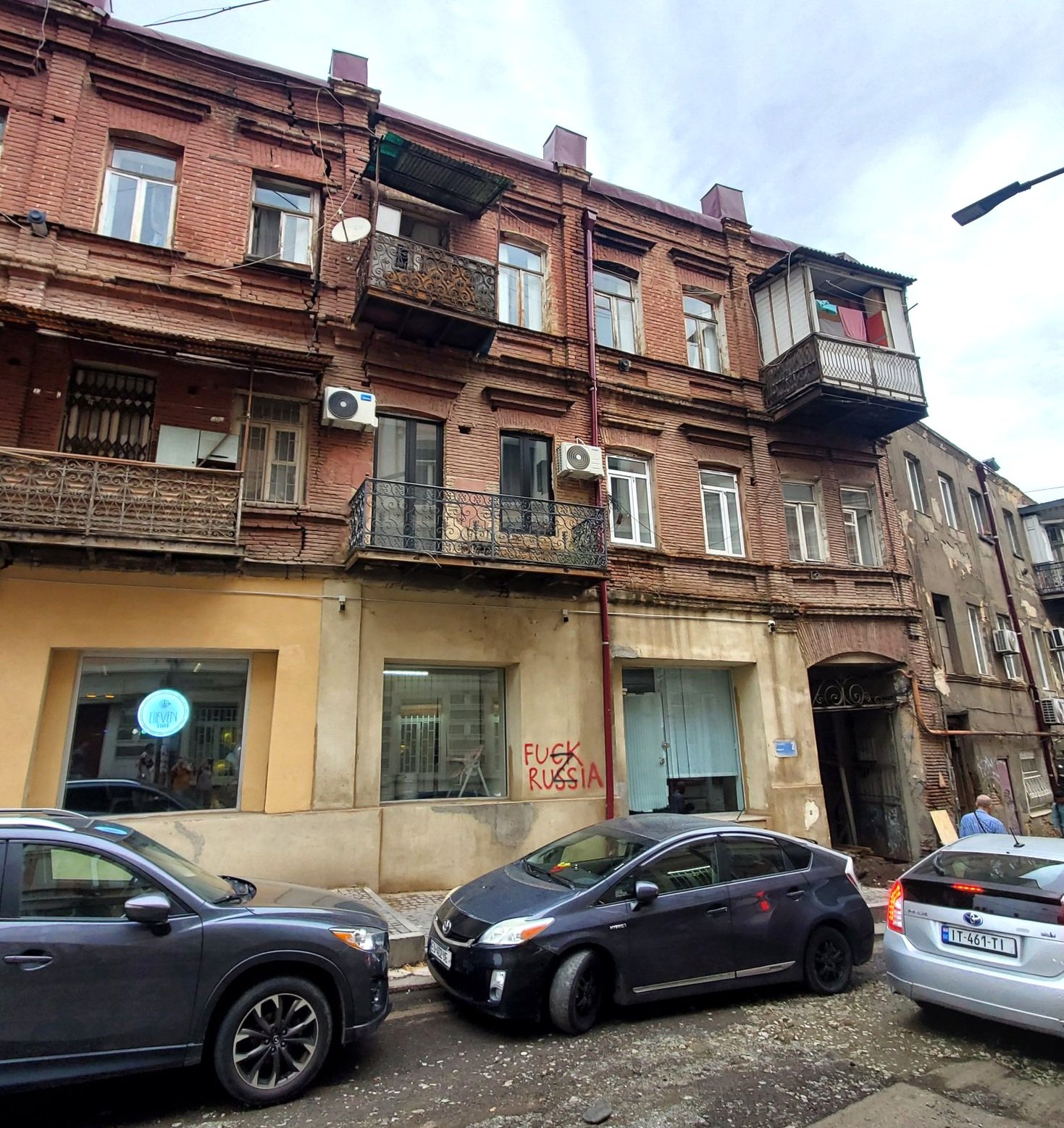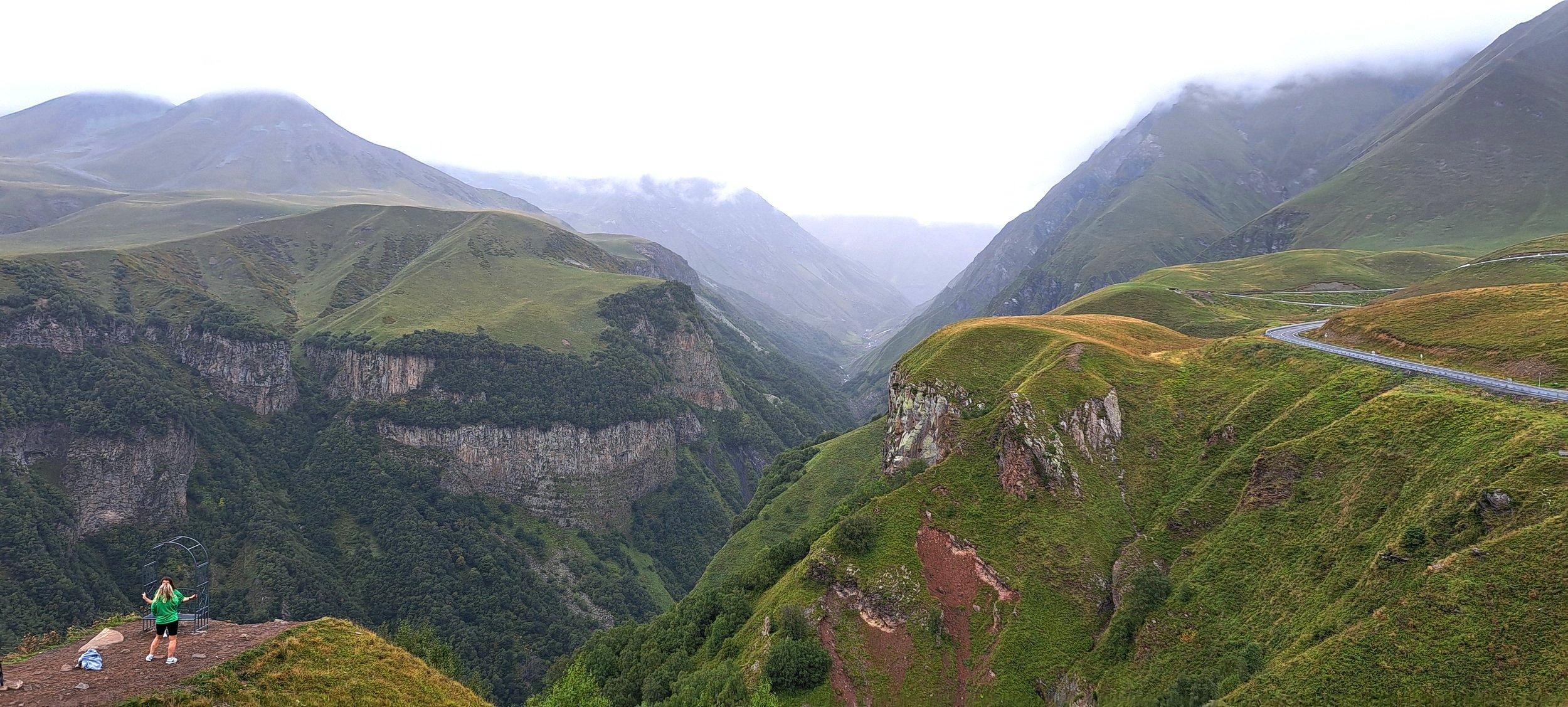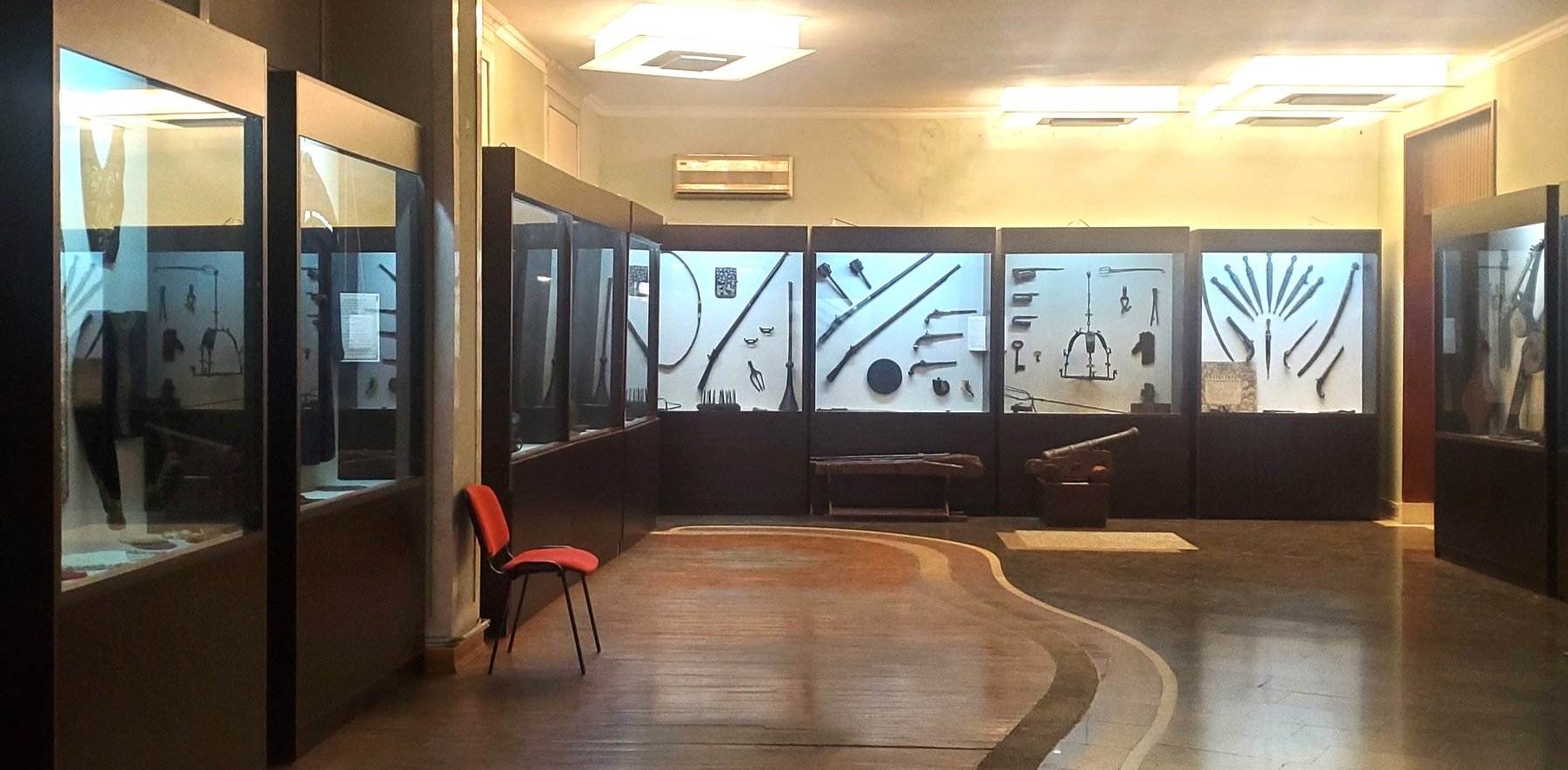A Georgian Journey - Part One
/Part One: Kakheti, Tbilisi, Kazbegi and Kutaisi
Introduction
In September 2024 we spent three weeks travelling around Georgia, a country we’d been wanting to visit for some time. What did we know about Georgia before going there? We knew that Georgia is a small country sitting to the south of the Caucasus Mountains, Europe’s highest peaks. We knew that it had a history of winemaking going back thousands of years. We knew that it was one of the first nations to declare Christianity as the state religion, second only to Armenia. And we knew that it had been invaded many times by its much larger neighbours. Russia, the Ottoman Turks, Persia, Rome and even the Mongols had all occupied it at some point. But the Georgian people and their culture and traditions had remained resilient. We wanted to know more. Here’s what we found.
ikalto monastery (see below)
Note: We packed a lot into 3 weeks, far too much to report here in detail. Our aim with these posts (A Georgian Journey Parts 1 and 2) is to give the reader a taste of what Georgia has to offer and stimulate an interest to learn more and to seriously consider a visit to this fascinating country.
Kakheti
We entered Georgia in the east, crossing from Azerbaijan (click here for our post on Baku, Azerbaijan’s capital).
From the border town of Lagodekhi it was an 85km taxi ride to Telavi, the largest town in the Kakheti region, Georgia’s largest and most well-known wine region. To explore Kakheti, we hired a local driver and guide for a day, Giorgi. First stop was Tsinandali Estate, which had been created by a Georgian prince in the early 19th century. It’s also known as Chavchavadze Estate after the prince.
The gardens are extensive.
Old Lenin’s head lies alone in an isolated corner of the estate.
It was then on to medieval Ikalto Monastery.
ikalto
Have we mentioned qvevri wine? This is the technique for producing wine in large terracotta amphorae placed underground that Georgians have used and continue to use for 8,000 years. The monks of Ikalto were enthusiastic producers of qvevri as evidenced by the many amphorae.
ikalto qvevri amphorae
Next stop was the grand Georgian Orthodox Alaverdi Monastery which was undergoing restoration work.
alaverdi
Around the monastery are many wine variety grape vines.
alaverdi vines
Back on the road. Lots of talk of wine, but no actual wine so far.
Mmmm. Another historical site. This time Gremi Fortress.
gremi
Within the fortress is the Church of the Archangels built in 1565 by King Levan.
buying a few votive candles at the church of the archangels
And yes, the king was a keen wine maker.
some of king levan’s qvevri amphorae
After Gremi it was to the Monastery Complex of Nekresi.
Some well restored ancient buildings.
From here there is a great view of the Alazani Valley and its fields and vineyards.
Sure enough, the Nekresi monks were also proficient wine producers. More evidence of qvevri winemaking.
After what was now our fifth cultural and historic site, it was finally time for a visit to an actual operating winery for a tour and wine tasting. We went to the JSC Corporation Kindzmarauli Winery in the town of Kvareli. The tour included a 2,000-year-old qvevri amphora.
a huge 2,000 year old qvevri amphora
Some of their wine is still made by the qvevri method.
But the operation is clearly very professional using state of the art technology.
As a contrast Giorgi then took us to a small family owned and run vineyard, Sesikeli.
The owner Simon showed us how he made the wine.
All his wine is qvevri. There were some interesting ‘old school’ tools.
And a whiteboard.
Whatever he was doing was certainly working as the wine was delicious.
To complete our very busy wine and culture tour we did a quick drive-by of Telavi’s Batonistsikhe Castle, the 17th and 18th century home of the Kakhetian Kings.
Tbilisi
Our next destination was the capital Tbilisi. The most common form of public transport in Georgia is the marshruka or minibus. This was our mode of transport for our 2-hour trip to Tbilisi.
Tbilisi is a city of 1.5 million.
Old Town
A popular part of the city to which many tourists gravitate is the Old Town.
We were no exception.
the view from our hotel in the old town
It is a mixture of crumbling elegance and gentrification, with boutique hotels and groovy restaurants sitting alongside much neglected old buildings.
Part of the old city walls remain and have been built upon.
There is a weird, eclectic-styled clocktower which was only constructed in 2010. Tourists crowd around the square in front of the tower waiting for an angel to pop out on the hour.
Near the clocktower is Anchiskhati Basilica, Tbilisi’s oldest surviving church. It was built in the 6th century.
Peace Bridge and Rike Park
From the Old Town it is a short walk to the Mtkvari River and the Bridge of Peace.
the mtkvari river from the bridge of peace
The bridge opened in 2010 and is a footbridge that connects the Old Town to Rike Park.
There are some nice parklands and fountains in the park.
It is also the lower station for the cable car which goes up to Narikala Fortress.
cable car heading off from rike park (along with a weird tethered balloon ride that operates from nearby)
Narikala Fortress and Kartlis Deda
The fortress dates from the 4th century when it was a Persian citadel. There’s not much left due to an 1827 explosion of stored Russian munitions that went off big time.
narikala fortress
The main benefit of taking the cable car is to get a panoramic view of Tbilisi.
Also found here is Kartlis Deda (Mother Georgia), a 20m tall symbol of Tbilisi. She holds a sword in one hand and a glass of wine in the other.
After taking in the view, we walked back down to the Old Town.
we followed the steps back to the old town
Not for the first time we saw some Anti-Russian graffiti. In some cases expressed because of the occupation of parts of Georgia by Russia, in others due to the invasion of Ukraine.
Ironically Georgia’s biggest tourist market remains Russia. We found most Georgians we spoke to were not thrilled about this fact but felt that Georgia had little choice given Russia’s size, power and proximity.
After all that sightseeing it was time for a cleansing ale.
Liberty Square
Tavisuplebis Moedani or Liberty Square is adjacent to the Old Town.
liberty square
Its metro station is very handy for getting about to other parts of the city.
the metro station entrance. you can’t miss it.
Chronicles of Georgia
The Chronicles of Georgia is a huge set of sculptures started in 1985 by Zurab Tsereteli but never finished.
The 16 pillars are between 30 and 35 metres high.
Some depict the lives of Georgian kings, queens and heroes.
Others have biblical themes.
They sit on a hill north of Tbilisi overlooking the Tbilisi Sea, a man-made lake popular with locals, especially in summer.
The whole site is epic and worth the effort to visit.
Stepantsminda/Kazbegi
The town of Stepantsminda is close to the border with Russia at an elevation of 1750m. Its backdrop is the high Caucasus Mountains. The town is still referred to by many people as Kazbegi, its previous name.
kazbegi/stepantsminda
Mt Kazbek (5047m) looms over the town.
mt kazbek peaking through the clouds, with the holy trinity church on the hill to the left
It is a two and a half to three-hour drive from Tbilisi to Stepantsminda. We used a local service called Gotrip to hire our own driver and vehicle to take us there in comfort. It also meant that we could stop wherever we wanted. This is not the case with the public marshrutky, the main way to travel to Stepantsminda if you don’t have your own car. Click here if you want to know more about Gotrip.
With stops our trip took around four hours, with Ananuri Fortress being our first stop.
The fortress contains two 17th century churches.
ananuri
Its location overlooking the Zhinvali Reservoir is very scenic.
Next, we stopped at the Soviet-Georgian Friendship Monument.
Constructed during Soviet times (1983) the large murals are interesting.
And the location is spectacular.
Given that Russia has fought several wars with Georgia in the 21st century and occupies two parts of the country: Abkhazia and South Ossetia, it’s doubtful whether many Georgians feel all that friendly towards their Russian neighbours.
Still, it’s a good spot for a stop for some photos and an overpriced wee (ie 2 GEL or $A1.10!).
cally with our gotrip driver josef
Our last stop was a relatively recently built church complex just before the Georgian-Russian border.
You could see Georgian customs from the elevated position of the church.
It is called Dariali Monastery Complex.
Tsminda Sameba (Holy Trinity Church) at Gergeti
A well-used image to promote Georgian tourism is a view of the Holy Trinity Church at Gergeti sitting on a hill at 2200m with 5,000m Mt Kazbek behind it.
mt kazbek is trying to break through the clouds to the left of the church
Our main purpose in travelling to the region was to do the iconic walk from the town up to the church.
It takes around 1 to 1.5 hours to walk to the church from the town. There are a couple of routes. We followed the very clear directions set out by Emily Lush in her excellent Wander-Lush Travel blog. More on that later, but for now here is a link to the relevant page.
The church dates from the 14th century.
Once at the church both males and females are required to dress decorously. If you’re not equipped on arrival, don’t worry, help is at hand with loan garments provided.
There is, in fact, a road from the town to the church, so don’t be surprised to see plenty of tourists and cars there.
Nevertheless, the walk is well away from the road and is worth the effort.
Everywhere you look in Stepantsminda you see the massive Caucasus Mountains.
It’s an awesome landscape.
mt kazbek
Kutaisi
It was then back to Tbilisi before we took a slow train to Kutaisi.
on a slow train to kutaisi
Kutaisi is Georgia’s 3rd largest city (150,000) and is 220km west of the capital.
heading west
The main attraction in town is Bagrati Cathedral.
It was originally built in 1003, but an explosion during the Turkish Ottoman period in 1692 left it in ruins. Reconstruction was completed in 2012.
The remains of a 6th century palace and citadel are on the same site.
The cathedral sits on a hill on the opposite side of the Rioni River from the city.
rioni river
Also worth a visit is the Kutaisi Historical Museum.
The Kutaisi market is an excellent place to pick up a Georgian delicacy: churchkhela – strings of walnuts coated in grape juice caramel.
The Colchis Fountain in the centre of town is outstanding.
Directly behind the fountain is the imposing Meskhishvili Theatre.
Conclusion to Part One
Unfortunately, we only had one full day in Kutaisi so did not get to do any day trips out of the city into the Imereti region, the most famous being the Gelati Monastery. Next time.
bagrati cathedral high on the hill
Kutaisi was a transit point on our trip from Tbilisi to the mountainous Svaneti region famous for its ancient stone towers and tough inhabitants. But to find out more about our Svaneti experience you’ll need to read ‘A Georgian Journey - Part 2’.
Map: Our route around Georgia.
Recommendations
In preparing for this trip, we did a lot of research starting with the trusty Lonely Planet Guide to Georgia, Armenia and Azerbaijan. Here’s a link to the LP info page on the region to get you started.
icon - ikalto
We looked at a lot of websites. The Georgian Government ‘Visit Georgia’ site is useful. Click here.
Also :
Budget Georgia Tours and Transfers
But by far the most useful and comprehensive is the Wander-Lush site. This is created by Australian journalist Emily Lush who lives in Georgia. It is a must for anyone planning a trip to the region. Highly Recommended. Click Here.
Ken and Cally

